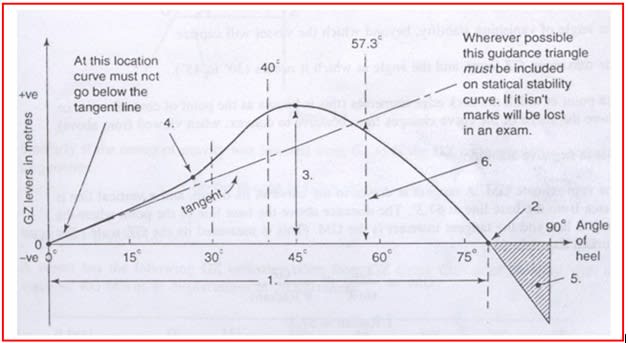Alistair_Heaton
Mechanical
This is hot news at the moment mainly due to who was killed.
Seemed to go down very quickly.
Follow along with the video below to see how to install our site as a web app on your home screen.
Note: This feature may not be available in some browsers.
The black box showed the Bayesian began to shake "dangerously" at approximately 3.50 am on Monday morning, according to Italian newspaper Corriere della Sera.
Within minutes, the yacht's anchor gave way. A source close to the investigation said the data had shown there was "no anchor left to hold," by 3.59 am.
After a storm ripped the Bayesian's mooring, the yacht was dragged through the water for some 358 metres and started taking in water at 4 am.
By 4.05 am, the superyacht had completely disappeared under the water with six passengers and one crew still inside.
A distress signal was finally emitted a minute later alerting the Coast Guard station nearest to Ponticello, the closest coastal town to where the ship vanished.
FacEngPE said:Stability is a matter of keeping the center of buoyancy above the center of gravity in all conditions

